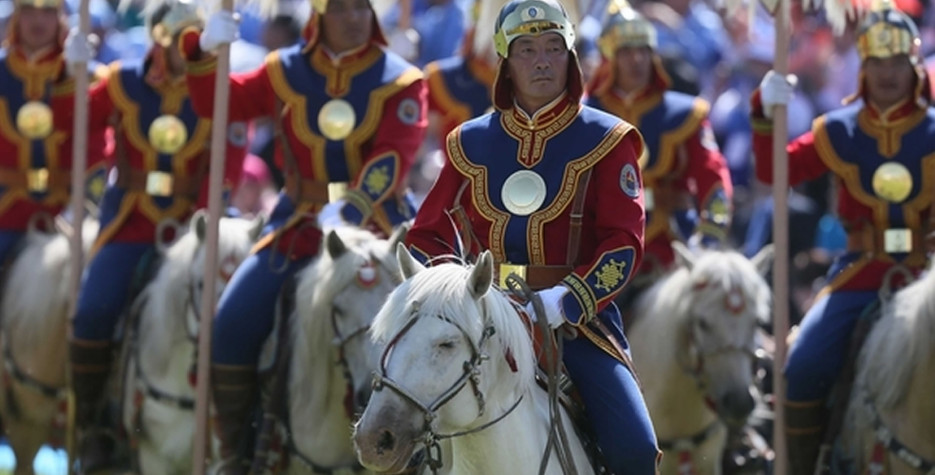When is Naadam?
The Naadam Festival is a celebrated in Mongolia with public holidays from July 11th - 15th each year. This is the largest and most popular holiday in Mongolia.
The first day of the festival takes place on Revolution Day, Mongolia's National Day, which commemorates independence from China on July 11th 1921.
In 2014 an amendment to the Law on Public Holidays and Ceremonies in 2014, increased the number of public holidays for Naadam from three to five.
History of Naadam Festival
During the Naadam Festival, Mongolians participate in the "Three Manly Games" of archery, wrestling and horseback riding which represent the heritage of the nation.
The festival originated in the 12th century as a way for Mongolians to demonstrate their military prowess. From the 17th century, Naadam contests were held during religious holidays. Since 1922, they have been held on Revolution Day, the anniversary of the People's Revolution.
Did you know?
The coldest capital in the world is not in Russia or Canada, but is Ulaanbaatar, Mongolia. The annual average temperature in the city is -1.3°C.
The main Naadam festival takes place in the country's capital Ulaanbaatar and opens with a cultural performance with ethnic dancing and music before the games get underway. Everyone, young and old are encouraged to participate in the games.
Wrestling is usually the first sport. The main wrestling event is a knockout competition involving 512 or 1,024 participants. The participants are all men and have to enter the ring bare-chested as legend has it that a woman once infiltrated the games beating the men, so now all the wrestlers have to show they are male before the grappling begins.
Unlike international wrestling events, there are no weight classes and the rules are also simpler - if a wrestler touches the ground with any part of their body apart from their feet and arms, they lose.
The second sport is Archery. From the time of Ghengis Khan, Mongolian archers were famed for their skill and precision with a bow. At its time, the recurved Mongol bow was a weapon without compare on the Eurasian battlefields of the steppe and deep into Western Europe. The games consist of three categories of archery - Buriat, Khakh and Uriankhai - which have differing bows, arrows and distances.
The third sport is horseback riding. Mastery of horse-riding was key to the Mongol domination of the steppe. The nomadic life of the Mongols developed their skills as expert hunters with the horse and bow, which made them formidable opponents. They developed stirrups, which enabled Mongol horsemen to ride without reins, leaving the hands free for combat.
Although the riding doesn't take place on any special tracks, there are six categories of racing based on the age of the horse and the distance of the race.
Did you know?
Mongolian native horses are called takhi, which means "spirit." They have 66 chromosomes in their genes, which is two more than other horses.
The festival is proving increasingly popular with foreign tourists, with around 20% of all tourists coming to Mongolia in July to witness the spectacle of the games.
The Naadam Festival was inscribed on the List of the Intangible Cultural Heritage of Humanity of UNESCO in 2010.


